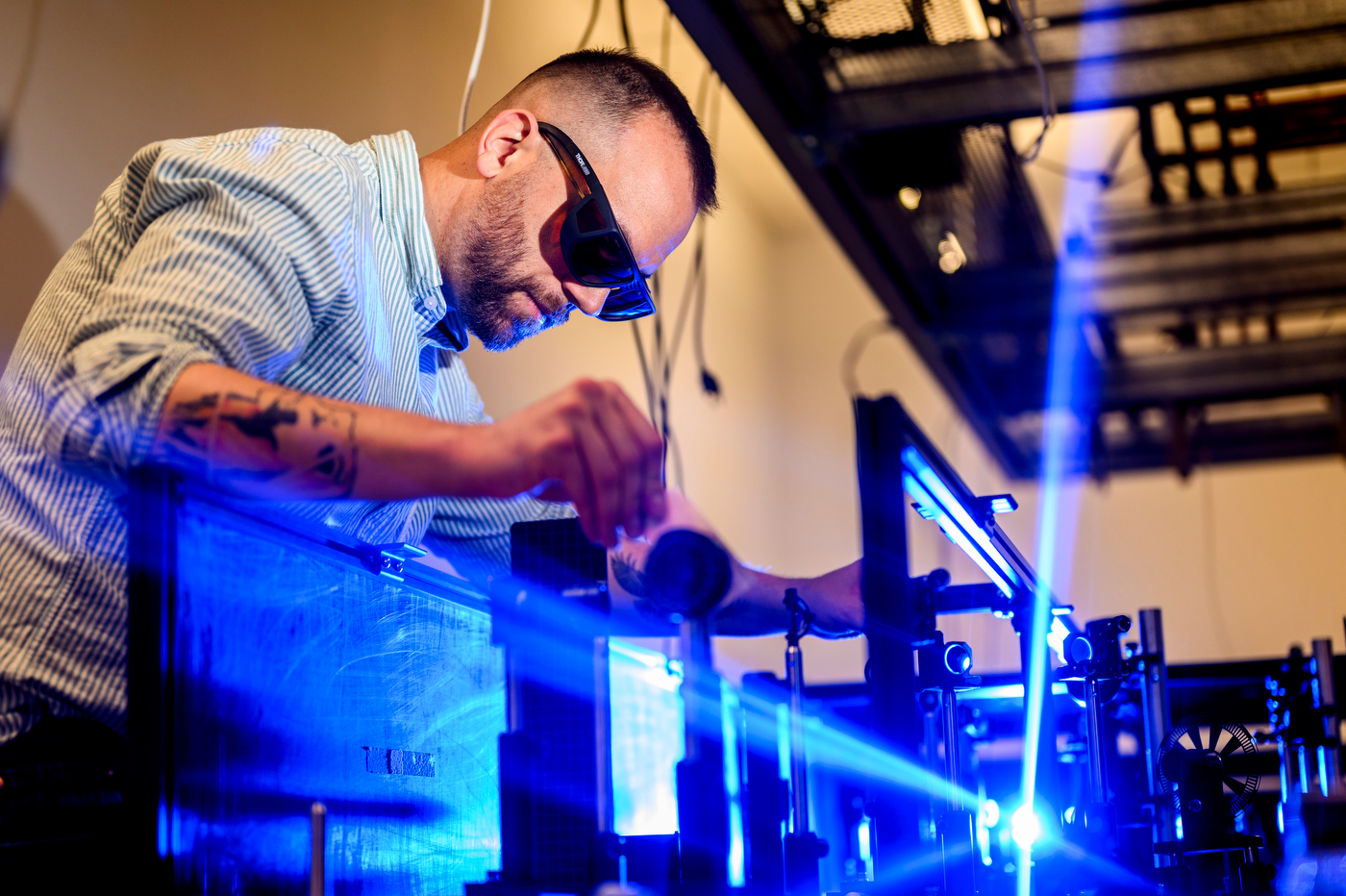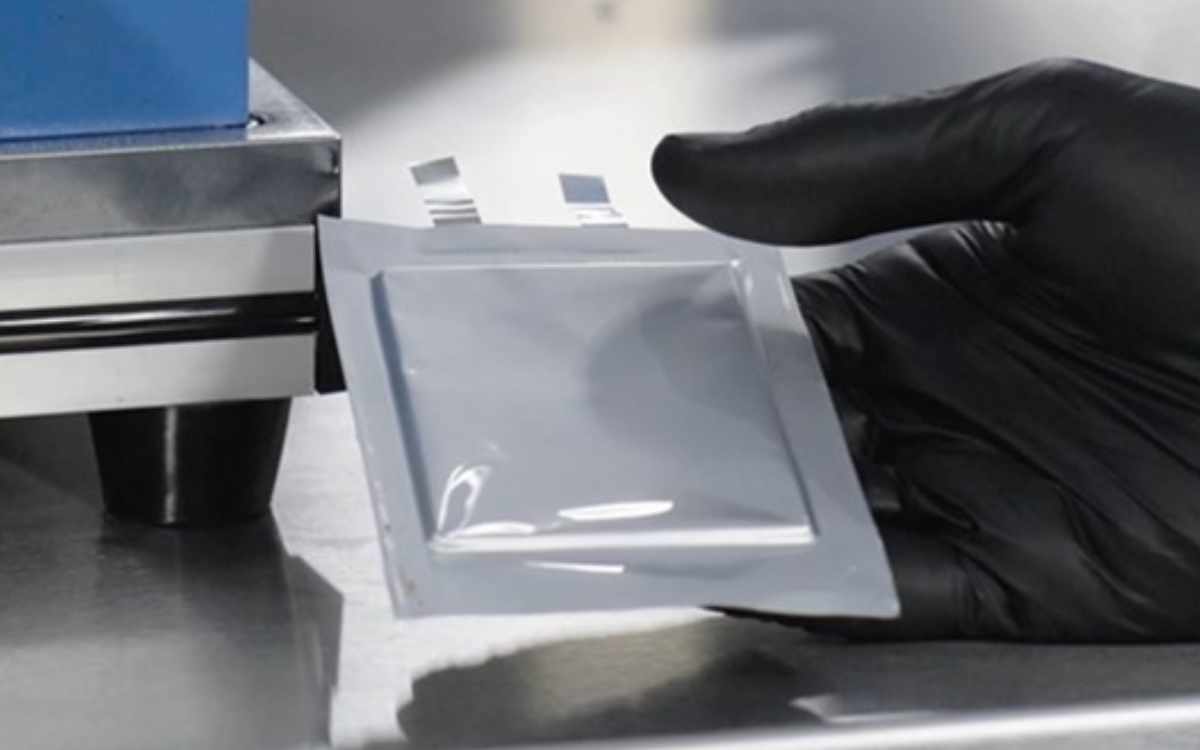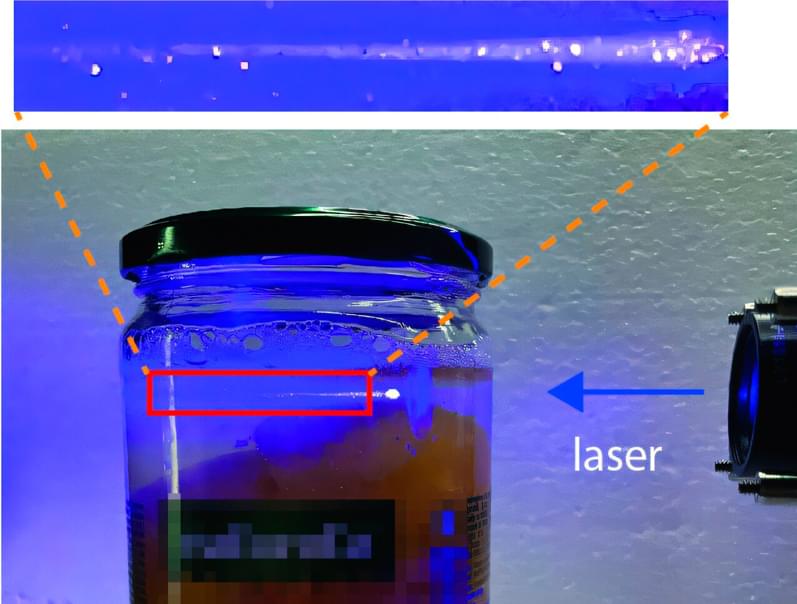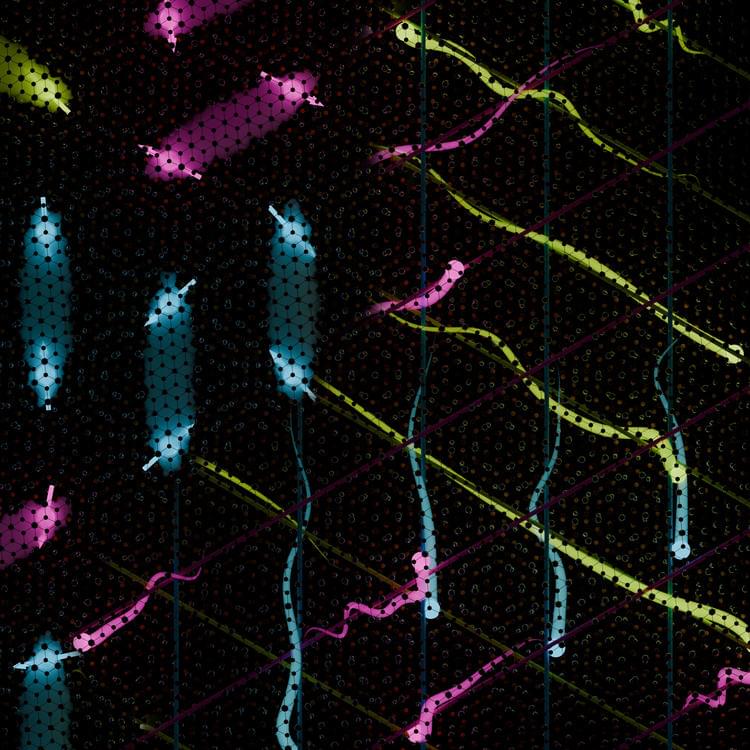Once thought unlikely, this new finding in coordination chemistry could lead to promising advances in catalysis and materials science.
For more than 100 years, the widely accepted 18-electron rule has been a foundational guideline in organometallic chemistry. Now, researchers at the Okinawa Institute of Science and Technology (OIST) have synthesized a new organometallic compound that challenges this principle. They developed a stable 20-electron version of ferrocene, an iron-based metal-organic complex, which could open new directions in chemical research.
“For many transition metal complexes, they are most stable when surrounded by 18 formal valence electrons. This is a chemical rule of thumb on which many key discoveries in catalysis and materials science are based,” said Dr. Satoshi Takebayashi, lead author of the paper published in Nature Communications.







